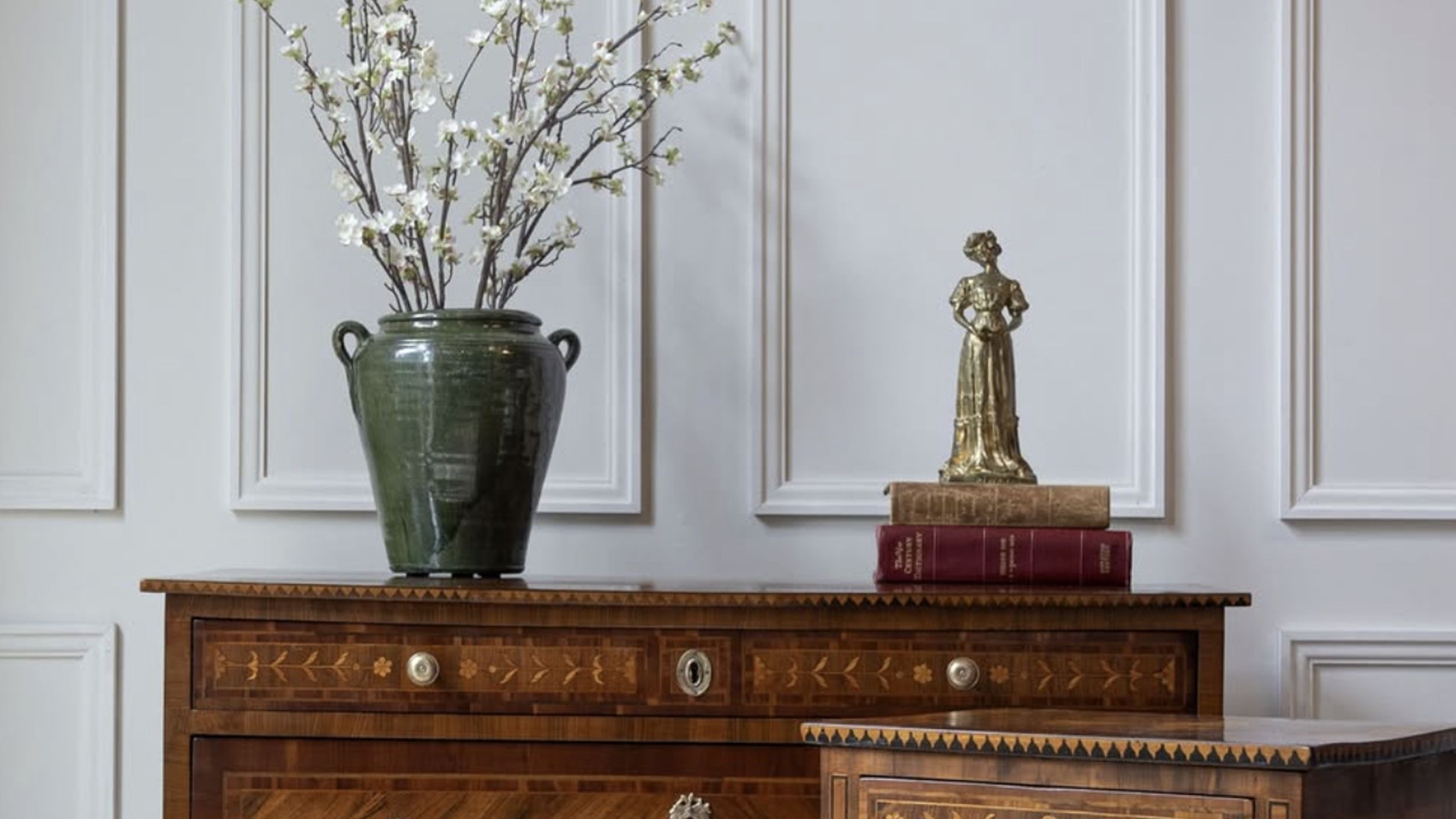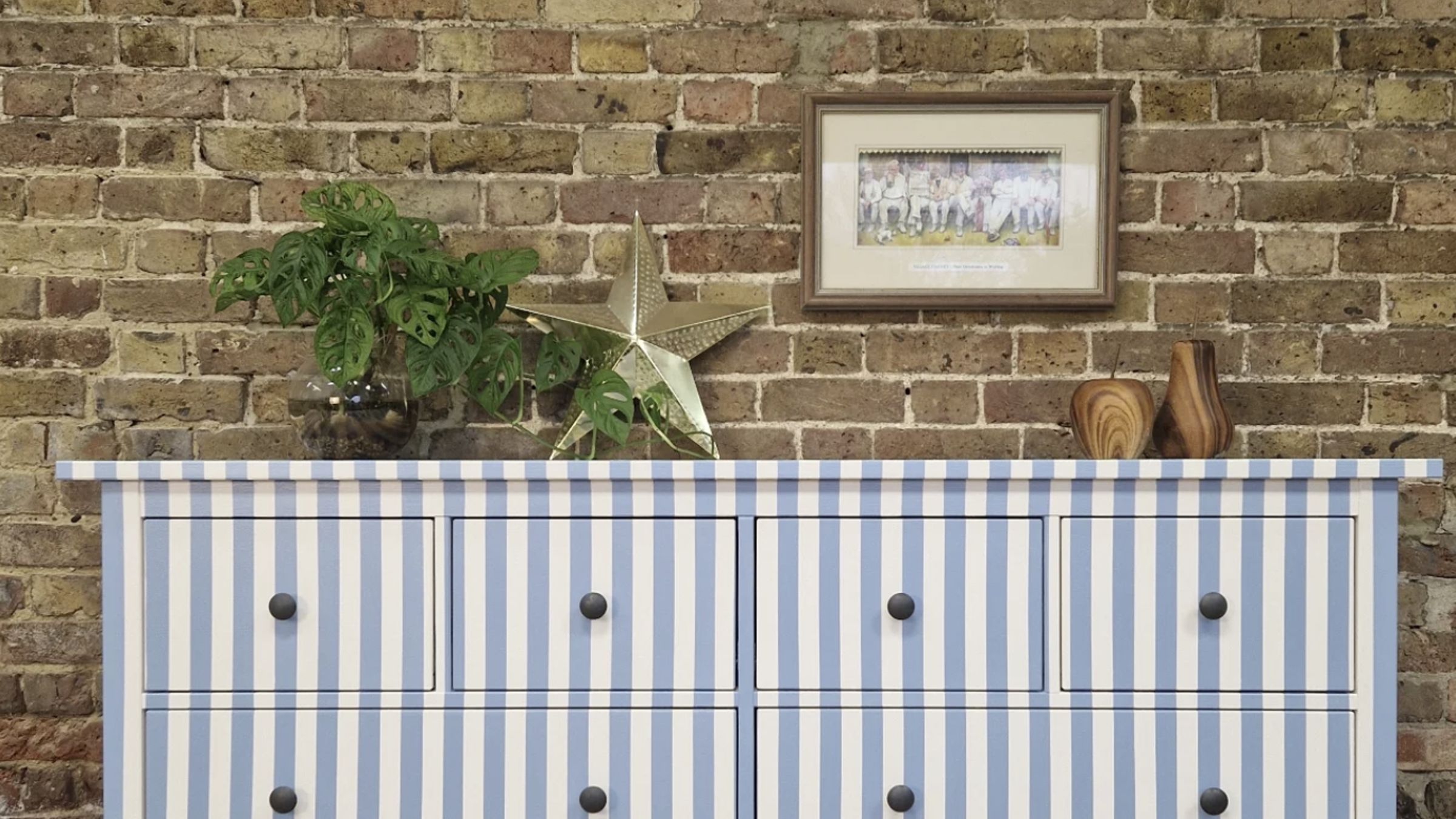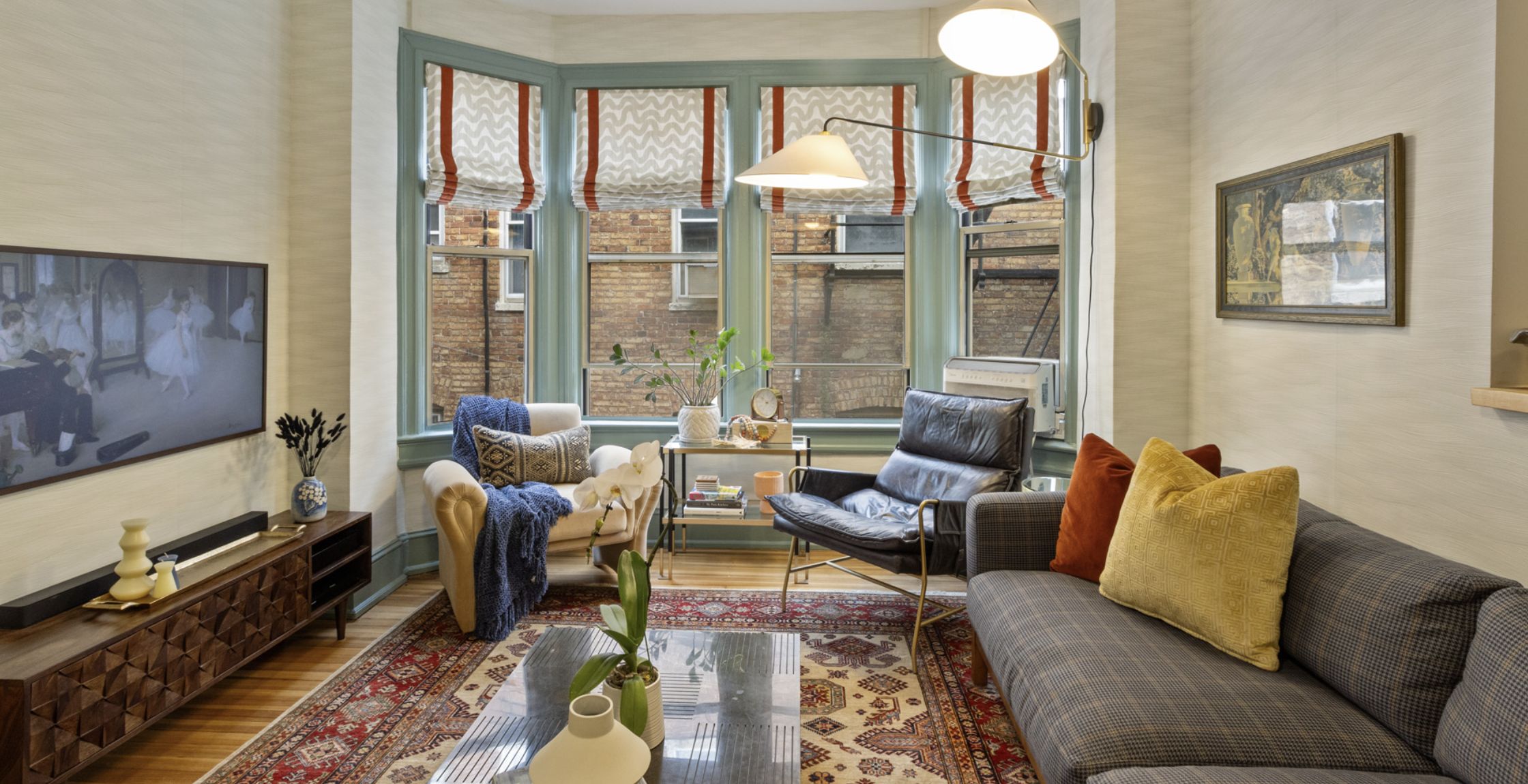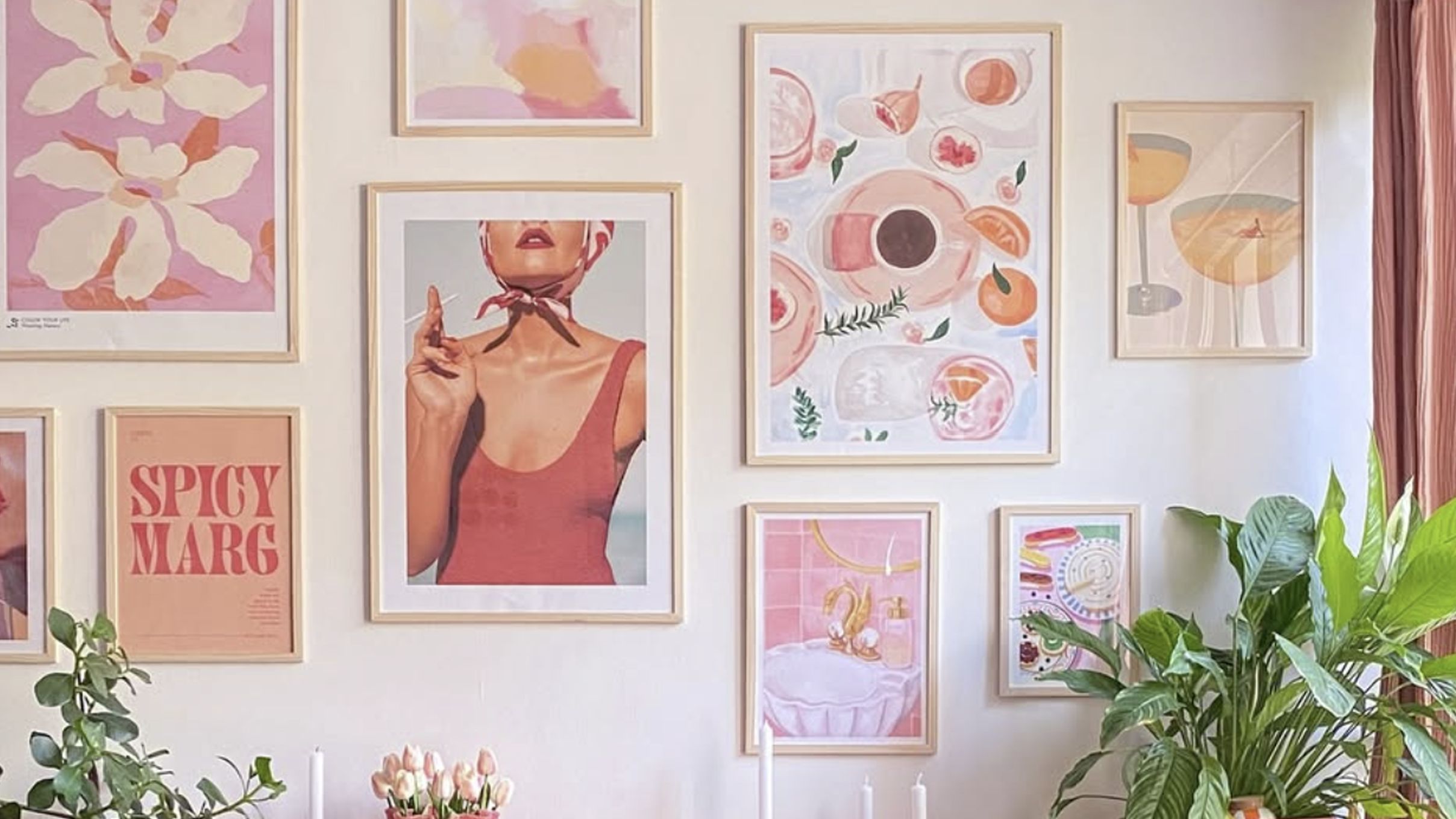The Washington, D.C. area is known for many things: politics, cherry blossoms, sweltering summers, and historic charm. But when it comes to interior design, we often find our homes lie at the intersection of tradition and modernity—with a healthy dash of accidental chaos.
Whether you’re nestled in a Dupont Circle Victorian, navigating the tight quarters of a Navy Yard condo, or dealing with the charming “quirks” of a Capitol Hill row house, design blunders are as common as diplomatic receptions.
Let’s explore the most heinous interior design mistakes most people make—and how to avoid them with flair, function, and a solid sense of humor.
Mistaking Millennial Gray for a Design Strategy
 From @housinginfo on Instagram
From @housinginfo on Instagram
Listen, we get it—neutral palettes are timeless. But all millennial gray? That’s not a color scheme; that’s a lifestyle choice. One that says, “I like my walls to feel like overcooked oatmeal.”
What to Do Instead:
Layer your neutrals with intention. Add texture, pattern, and strategic pops of color. Think natural linens paired with deep greens, navy blues, or rust tones. Use art and accessories to inject personality—especially local pieces (just skip those neighborhood maps!)
Pro Tip:
Just because your landlord painted everything “rental taupe,” or just because you love monochrome furniture, doesn’t mean you can’t accessorize.
Overloading with Historical Reproductions
 From @jacquelineadamsantiques on Instagram
From @jacquelineadamsantiques on Instagram
We love a little vintage flair—but when your living room starts to resemble the set of Hamilton, it’s time to rethink.
The Common Offense:
Some homes lean way too hard into the past, as if historic charm is a license for overstuffed furniture and heavy drapes straight out of a Jane Austen adaptation.
What to Do Instead:
Mix old and new. Keep that gorgeous antique mahogany table, but pair it with sleek, modern chairs or a bold contemporary rug. This adds interest and makes the old feel fresh again. Honor the past—just don’t get trapped in it. Unless you’re actually a time traveler. In that case, carry on.
Neglecting Lighting (Especially if It’s the Default Overhead Kind)
 From the Hudson & Crane Design Gallery
From the Hudson & Crane Design Gallery
Overhead lighting is not a design strategy—it’s a last resort. Recessed cans, builder-grade pendants, and the dreaded boob light? Big nope.
The Common Offense:
Rooms that feel more like interrogation chambers than relaxing sanctuaries.
What to Do Instead:
Layer your lighting! Use a mix of dimmable sconces, stylish floor lamps, warm bulbs, and—dare we say—candles. A well-lit space should feel like a boutique hotel lobby, not a dentist’s office at closing time.
Pro tip: Most new LED lighting has a temperature setting! Get up on your ladder and find the small switch to the size, and change your lighting temperature to either 2700k or 3000k. You can thank me later.
Bonus Points: If you find a lamp that makes your living room feel like a cozy reading nook and a design statement, buy two.
Falling Victim to West Elm Monotony
 From @redeemdecor on Instagram
From @redeemdecor on Instagram
We love West Elm. But when your entire space looks like a page ripped from a 2014 catalog, it’s time to break up… or at least diversify.
The Common Offense:
An all-white space with one lonely faux plant and no signs of life beyond your West Elm floor lamp.
What to Do Instead:
Mix high and low. Blend budget staples with vintage treasures, travel finds, or handcrafted items. Add a patterned pillow, swap in a bold art piece, or get a handmade ceramic from a local artist. The goal: your space should tell your story—not West Elm’s.
Trying to Fit Suburban Furniture in Urban Spaces
 From the Hudson & Crane Design Gallery
From the Hudson & Crane Design Gallery
If you have to turn sideways to get to your couch, your “cozy” sectional might be a blockade in disguise.
The Common Offense:
Oversized furniture crammed into smaller homes, creating more obstacle course than open concept.
What to Do Instead:
Shop to scale. Measure everything. Then measure again. Look for modular or multi-functional pieces—like nesting tables, sleeper sofas, or ottomans with storage. Smaller spaces demand smarter pieces.
Remember: Good design isn’t about how much furniture you can fit. It’s about how well your furniture fits you.
Neglecting the Power of Rugs
 From @designpoint.ahmedabad on Instagram
From @designpoint.ahmedabad on Instagram
Floating furniture in a sea of hardwood? Nope. That creates more disarray than drama—every piece needs a place.
The Common Offense:
Skipping rugs altogether or using one that’s barely the size of a welcome mat.
What to Do Instead:
Use rugs to ground your furniture, define zones, and add texture or color. Go big—your rug should comfortably fit all key pieces in your seating area. Add personality with a bold pattern or a cozy natural fiber.
Style Tip: Vintage rugs or textured weaves can instantly elevate your space—no heritage building required. For size – 2 legs of your sofa should be on the rug, 2 off!
Gallery Wall Gone Wild
 From @garancehomeco on Instagram
From @garancehomeco on Instagram
We love a good gallery wall… but not when it looks like a haphazard thrift store explosion.
The Common Offense:
Crooked art, mismatched frames, and a few too many Live. Laugh. Loves. Actually, any of them.
What to Do Instead:
Plan your wall like you’d plan an outfit—intentional and cohesive. Lay it out on the floor first. Use consistent frames or a unifying theme. Mix it up with photography, typography, and maybe a sculptural piece or textile for depth.
Design Hack: Include one unexpected piece that tells a personal story—it makes everything else feel more intentional.
Ignoring Window Treatments Entirely
 From @hudsonandcrane on Instagram
From @hudsonandcrane on Instagram
Naked windows are not minimalist—they’re just sad. And builder-grade plastic blinds? Let’s just say they won’t win any style awards.
The Common Offense:
Paper shades taped up “just for now” that somehow stay for three years.
What to Do Instead:
Treat your windows like they matter. Drapery adds softness, height, and visual interest. Mount rods close to the ceiling to elongate the room. Try linen for light and airy, or velvet for cozy drama.
Bonus: Thermal curtains aren’t just beautiful—they’re energy-efficient. Form + function = win-win.
Forgetting Plants Are People, Too
 From @therooted.home on Instagram
From @therooted.home on Instagram
No plants = no soul. All fake plants? That’s just a green lie.
The Common Offense:
A sterile, millennial gray-toned home that feels more like a waiting room than a lived-in space.
What to Do Instead:
Add life. Literally. Snake plants, pothos, or ZZ plants are low-maintenance and great for beginners. If you’re feeling adventurous, try a monstera or a little kitchen herb garden.
Good Design Is Universal
No matter where you live—or how temporary it may feel—your space deserves attention, intention, and maybe a few throw pillows with actual taste. Interior design isn’t about perfection. It’s about creating a space that feels like you.
So next time you’re tempted by another reproduction armchair from a bygone era, pause. Take a breath. And maybe just buy a sleek floor lamp instead.
The good thing? We can help address any of these design mistakes that you are ready to move on from. Visit Hudson and Crane to get started on your new design journey!
Hudson & Crane is an interior designer in Washington, D.C. serving residential clients in D.C., Maryland, and Northern Virginia.